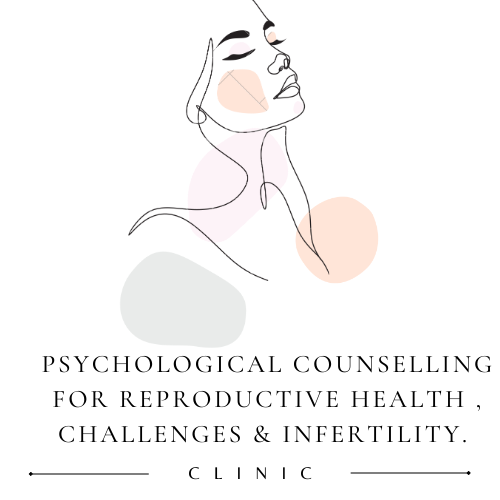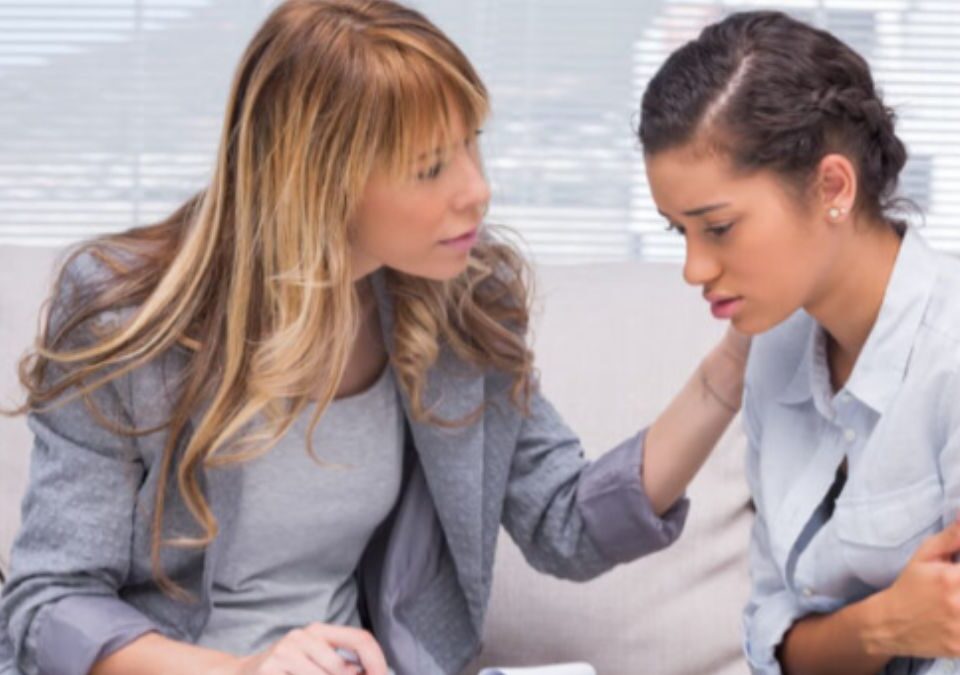Women’s Health & Wellbeing

Women’s concerns with psychological well being extend across the life cycle and cannot be confined to reproductive functioning.
In attempting to differentiate women’s mental health concerns from those of men, it might be argued that they could be defined as including, but not being limited to, conditions, diseases or disorders which are unique to women; occur more commonly in women; have different risk factors for women; or follow a different course in women relative to men.
The WHO Reported : Top ten of the main issues regarding women's health today
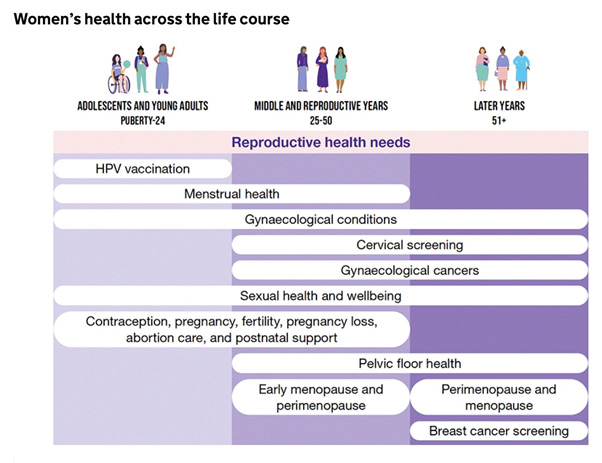
- Cancer: Two of the most common cancers affecting women are breast and cervical cancers. Detecting both these cancers early is key to keeping women alive and healthy. The latest global figures show that around half a million women die from cervical cancer and half a million from breast cancer each year. The vast majority of these deaths occur in low and middle income countries where screening, prevention and treatment are almost non-existent, and where vaccination against human papilloma virus needs to take hold.
- Reproductive health: Sexual and reproductive health problems are responsible for one third of health issues for women between the ages of 15 and 44 years. Unsafe sex is a major risk factor – particularly among women and girls in developing countries. This is why it is so important to get services to the 222 million women who aren’t getting the contraception services they need.
- Maternal health: Many women are now benefitting from massive improvements in care during pregnancy and childbirth introduced in the last century. But those benefits do not extend everywhere and in 2013, almost 300 000 women died from complications in pregnancy and childbirth. Most of these deaths could have been prevented, had access to family planning and to some quite basic services been in place.
- HIV: Three decades into the AIDS epidemic, it is young women who bear the brunt of new HIV infections. Too many young women still struggle to protect themselves against sexual transmission of HIV and to get the treatment they require. This also leaves them particularly vulnerable to tuberculosis - one of the leading causes of death in low-income countries of women 20–59 years.
- Sexually transmitted infections: I’ve already mentioned the importance of protecting against HIV and human papillomavirus (HPV) infection (the world’s most common STI). But it is also vital to do a better job of preventing and treating diseases like gonorrhoea, chlamydia and syphilis. Untreated syphilis is responsible for more than 200,000 stillbirths and early foetal deaths every year, and for the deaths of over 90 000 newborns.
- Violence/Abuse/Social issues against women: Women can be subject to a range of different forms of violence, but physical and sexual violence – either by a partner or someone else – is particularly invidious. Today, one in three women under 50 has experienced physical and/or sexual violence by a partner, or non-partner sexual violence – violence which affects their physical and mental health in the short and long-term. It’s important for health workers to be alert to violence/social inequality so they can help prevent it, as well as provide support to people who experience it.
- Noncommunicable diseases: In 2012, some 4.7 million women died from noncommunicable diseases before they reached the age of 70 —most of them in low- and middle-income countries. They died as a result of road traffic accidents, harmful use of tobacco, abuse of alcohol, drugs and substances, and obesity -- more than 50% of women are overweight in Europe and the Americas. Helping girls and women adopt healthy lifestyles early on is key to a long and healthy life.
- Mental health in women: Evidence suggests that women are more prone than men to experience anxiety, depression, and somatic complaints – physical symptoms that cannot be explained medically. Depression is the most common mental health problem for women and suicide a leading cause of death for women under 60. Helping sensitise women to mental health issues, and giving them the confidence to seek assistance, is vital.
Why is women’s mental health important?
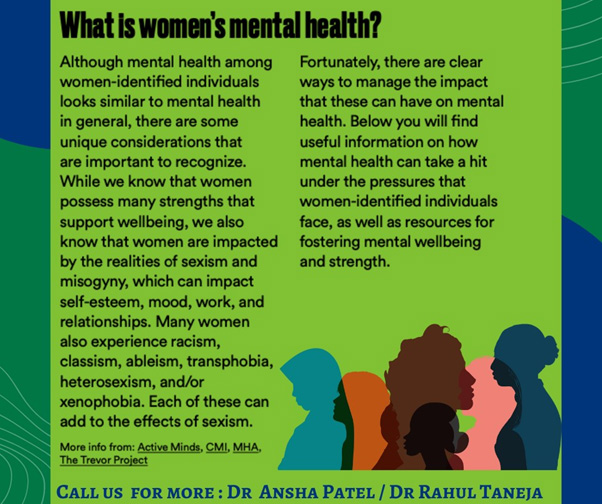
Some mental disorders are more common in women than men, including mood and anxiety disorders, trauma /stress disorders, borderline personality disorder and eating disorders.
There are also disorders unique to women. For example, some women experience symptoms of depression at times of hormone change, such as:
- During or after pregnancy (perinatal depression)
- Around the time of their period (premenstrual dysphoric disorder)
- During the menopause transition (perimenopausal depression)
Being young women: Adolescent girls face a number of interpersonal, sexual and reproductive health challenges: STIs, HIV, and pregnancy. About 13 million adolescent girls (under 20) give birth every year. Complications from those pregnancies and childbirth are a leading cause of death for those young mothers. Many suffer the consequences of unsafe abortion.
Getting older as a women : Having often worked in the home, older women may have fewer pensions and benefits, less access to health care and social services than their male counterparts. Combine the greater risk of poverty with other conditions of old age, like dementia, and older women also have a higher risk of elderly abuse, loneliness, isolation and generally, poor health.
What affects women’s mental health?
Around one in five women have a common mental health problem, such as depression and anxiety. While there can be many reasons why these develop, some risk factors affect many women. Social , Cultural and Economic factors can put women at greater risk of poor mental health than men.
Women are more likely than men:- to be carers, which can lead to stress, anxiety and isolation.
- to live in poverty which, along with concerns about personal safety and working mainly in the home, can lead to social isolation
- to experience violence, marital/familial trauma, physical and sexual abuse, which can have a long-term impact on their mental health.
- to experience sexual /interpersonal violence, which can cause PTSD.
When women find it hard to talk about difficult feelings, they tend to internalise them. This can lead to depression, eating disorders and self-harm. Men are more likely to act out their feelings through disruptive or anti-social behaviour.
What to do if you see someone suffering?
Even the most severe condition can be treated. Common treatments are social/lifestyle changes, medication, talk therapy (virtual or in person), or a combination of medication and therapy.
At PCRH, We offer you comprehensive evaluation & treatments for a range of mental health conditions in women. There is no “one-size-fits-all” for treatment.
A health care provider can explain the different options and help you choose the best treatment based on your symptoms. With help, you can feel better and help your family understand you as well.
Our Work :
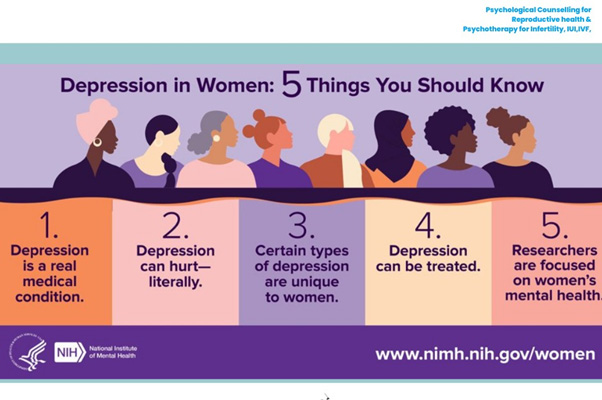

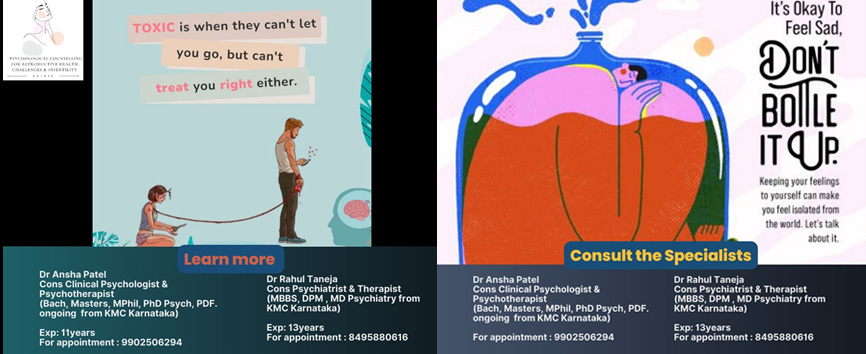
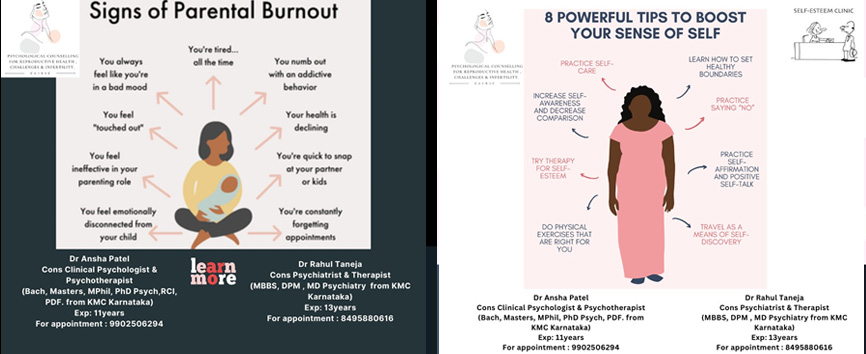
Informatives for you
Our Client feedbacks
Very Informative session by dr ansha. Lot of effort taken by the experts to simplify the concepts and put it across in a healthy and helping way. !!
Deepika Lobo
Excellent hospital. Good knowledgeable doctor. Has understanding of complex psychological ivf issues. Thanks Dr ansha. Thank all staff too .
Mahaveer Godawat
It was highly informative and gives proper guidance to uplifting, who need psychological support.
Anil Kumar
Excellent therapy , prompt help. Feeling much positive. Doctor maam is amazing human by nature.
Preeti Godawat
